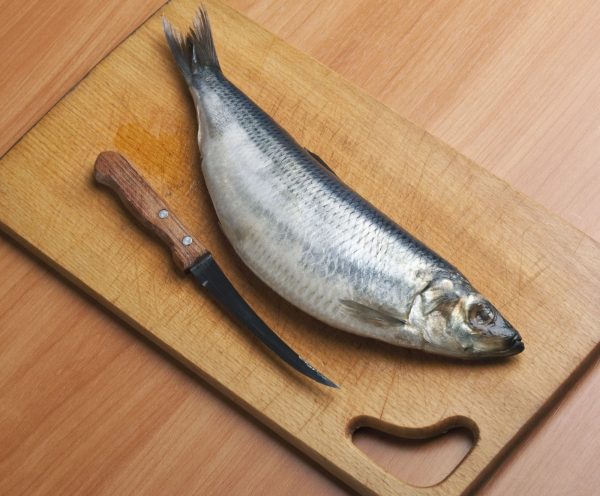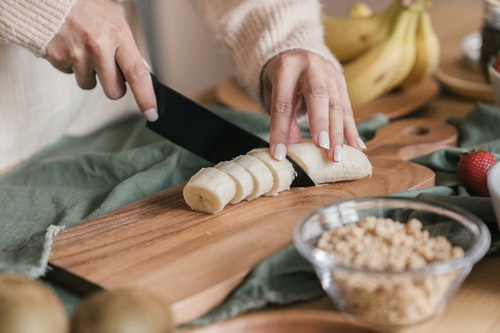Welcome to our comprehensive guide on how to use a nakiri knife. Whether you are a professional chef or a home cook, understanding the proper use of a nakiri knife can tremendously improve your culinary experience. In this article, we will explore nakiri knife techniques and tips to help you become more confident and proficient with this unique kitchen tool.

What is a Nakiri Knife?
The nakiri knife originates from Japan and is specifically designed for cutting vegetables. Its name, ‘nakiri,’ literally means ‘leaf cutter.’ The knife’s rectangular blade with a straight edge allows for precise, clean cuts.

Benefits of Using a Nakiri Knife
Precision and Control
One of the significant advantages of a nakiri knife is its ability to provide precise and controlled cuts. The straight edge ensures that you can chop vegetables with uniformity, making it an excellent tool for creating aesthetically pleasing dishes.
Efficiency
Using a nakiri knife can significantly increase your efficiency in the kitchen. The broad blade and straight edge enable swift and effective cutting, saving you time and effort during meal preparation.
Versatility
While the nakiri knife is primarily designed for vegetables, it can also be used for a variety of other tasks, such as slicing fruits and herbs. Its versatility makes it a valuable addition to any kitchen.

How to Hold a Nakiri Knife
Grip
Holding a nakiri knife correctly is crucial for safety and efficiency. To achieve a proper grip:
- Pinch the blade between your thumb and index finger near the handle.
- Wrap your remaining fingers around the handle for a secure hold.
Finger Placement
Ensure that your fingers are tucked in to avoid accidental cuts. Use your knuckles as a guide to maintain control and precision.

Basic Techniques for Using a Nakiri Knife
Chopping
Chopping with a nakiri knife involves a simple up-and-down motion. Keep the blade vertical and let the straight edge do the work.
Slicing
Slicing with a nakiri knife requires a push-pull motion. Keep the blade angled slightly forward and glide it through the food.
Julienning
To julienne vegetables with a nakiri knife, slice them into thin, even strips. This technique is ideal for salads and stir-fries.
Advanced Techniques for Using a Nakiri Knife
Dicing
To dice vegetables, start by slicing them into planks, then into sticks, and finally into small cubes.
Chiffonade
Chiffonade is a technique used for leafy greens and herbs. Roll the leaves into a tight cylinder and slice them into thin ribbons.
Brunoise
Brunoise is a fine dice technique used for garnishes and sauces. Cut the vegetable into very small, uniform cubes.
Caring for Your Nakiri Knife
Cleaning
Always hand wash your nakiri knife with warm soapy water and dry it immediately. Avoid using a dishwasher as it can damage the blade.
Sharpening
Regularly sharpen your nakiri knife to maintain its performance. Use a whetstone or a professional sharpening service for the best results.
Storage
Store your nakiri knife in a knife block or on a magnetic strip to protect the blade and prevent accidents.
For more detailed knife care tips, click here.
FAQs
How often should I sharpen my nakiri knife?
It depends on usage, but generally, you should sharpen it every 3-6 months.
Can I use a nakiri knife for meat?
While primarily designed for vegetables, a nakiri knife can be used for slicing boneless meat.
Is a nakiri knife better than a chef’s knife?
It depends on the task. A nakiri knife is excellent for vegetables, while a chef’s knife is more versatile.
As an Amazon Associate, I earn from qualifying purchases.


